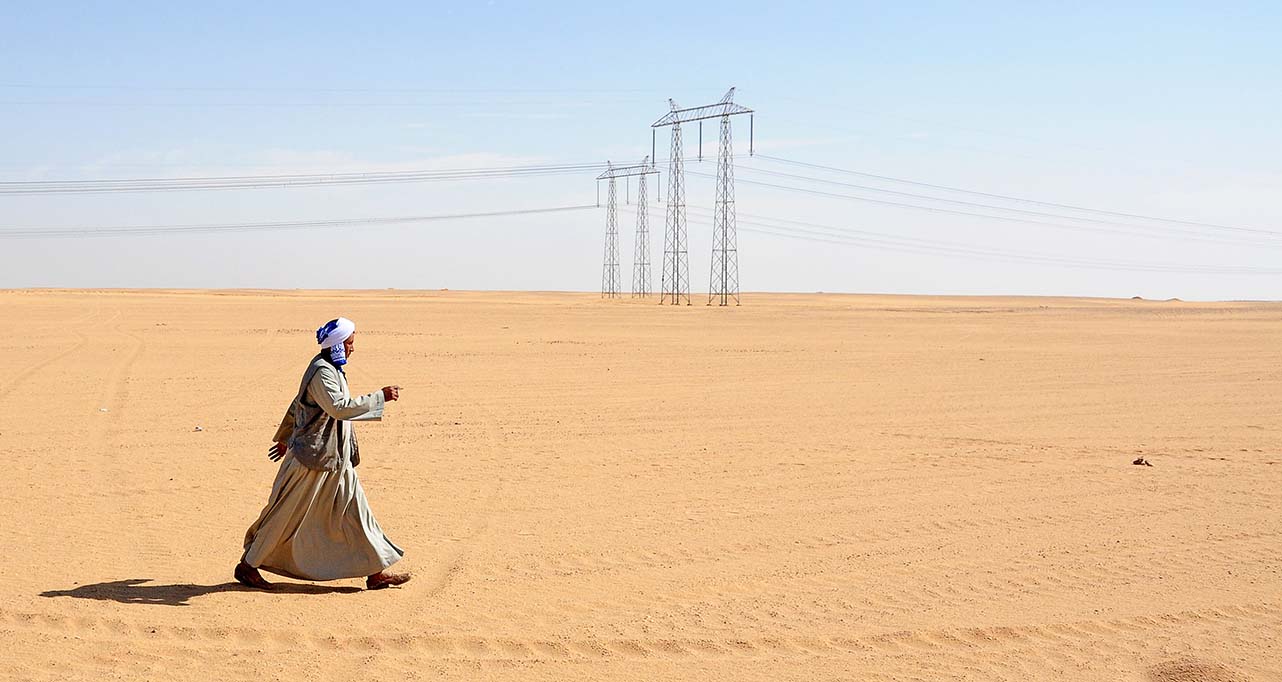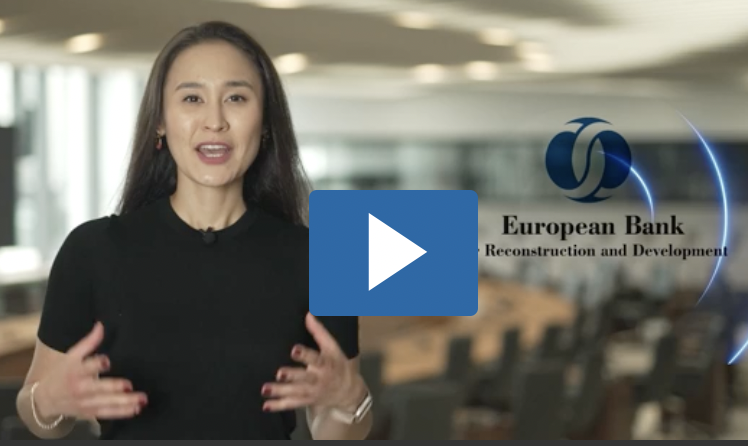- New report shows climate finance by multilateral development banks rose 10 per cent in 2024 compared with previous year
- MDBs’ climate finance for low- and middle-income economies increased 14 per cent to more than US$ 85 billion
- Mobilised private finance for climate investments worldwide jumped 33 per cent in 2024
Global climate finance by multilateral development banks (MDBs) increased 10 per cent last year, reaching a record US$ 137 billion, with the majority directed to low- and middle-income economies. MDBs including the European Bank for Reconstruction and Development (EBRD) announced the year-on-year increase in a report published today.
In addition, private finance mobilised by MDBs for climate action reached US$ 134 billion in 2024, a 33 per cent increase from the previous year, according to the new report. The latest climate finance data from MDBs will inform preparations for the United Nations Climate Change Conference (COP30) in Belém, Brazil, in November 2025. Expanding climate finance will be a central theme at COP30. At the last summit, held in Baku, Azerbaijan, in November 2024, countries agreed to scale up support for developing countries to at least US$ 1.3 trillion annually from public and private sources by 2035.
Gianpiero Nacci, Managing Director of Climate Strategy and Delivery at the EBRD, said: “The rapid technological transformation and today’s turbulent times make climate finance more vital than ever. Tackling the climate crisis is crucial in its own right, but accelerating the shift away from fossil fuels also makes our economies more competitive while reducing geopolitical risk. MDBs are working together to drive innovation, mobilise investment and support sustainable growth. With our strong private-sector focus, the EBRD is proud to play its part and help our regions seize the opportunities of this transition.”
Climate finance is central to the efforts of MDBs to advance sustainable development worldwide. By supporting investments in renewable energy, green cities, clean transport, water and food security, MDBs help countries move closer to achieving their sustainable development goals.
Digital portal
This year, MDBs are advancing a digitalisation initiative aimed at improving transparency and making their joint climate finance data more accessible and user friendly. They plan to present progress on this project at COP30. As part of the transition, the 2024 Joint MDB Climate Finance Report is being released as a summary infographic, highlighting key results for the year. Starting in the fourth quarter of 2025, detailed data will be available through an interactive web platform, giving stakeholders real-time access to climate finance information and enabling them to track MDBs’ collective progress towards their climate finance goals.
Low- and middle-income economies
Last year, US$ 85.1 billion of MDBs’ climate finance was for low- and middle-income economies. Climate finance in these countries has more than doubled over the past five years and increased 14 per cent on the year. Of this sum, 69 per cent – or US$ 58.8 billion – went to climate change mitigation and US$ 26.3 billion, or 31 per cent, to climate change adaptation. The amount of mobilised private finance for climate investments in these countries stood at US$ 33 billion.
High-income economies
In 2024, MDBs’ climate finance for high-income countries totalled US$ 51.5 billion, of which US$ 46.5 billion (90 per cent) supported climate change mitigation and US$ 5 billion (10 per cent) supported adaptation. In addition, mobilised private finance for climate investments in high-income countries reached US$ 101 billion.
For the summary report with the overview of key 2024 figures click here
MDB climate finance
At COP29 in Baku, MDBs set out financial commitments to help countries achieve ambitious climate results. By 2030, they pledged to provide US$ 120 billion annually in collective climate finance for low- and middle-income countries, including US$ 42 billion for adaptation while mobilising an additional US$ 65 billion a year from the private sector. For high-income countries, MDBs project US$ 50 billion a year in climate finance by 2030, including US$ 7 billion for adaptation, alongside a further US$ 65 billion in mobilised private finance.
MDB joint reporting on climate finance
The 2024 multilateral development bank climate finance reporting is coordinated and prepared for publishing by the European Investment Bank (EIB), with assistance from the EBRD, and combines data from the African Development Bank, the Asian Development Bank, the Asian Infrastructure Investment Bank, the Council of Europe Development Bank, the EBRD, the EIB, the Inter-American Development Bank Group, the Islamic Development Bank, the New Development Bank and the World Bank Group.




